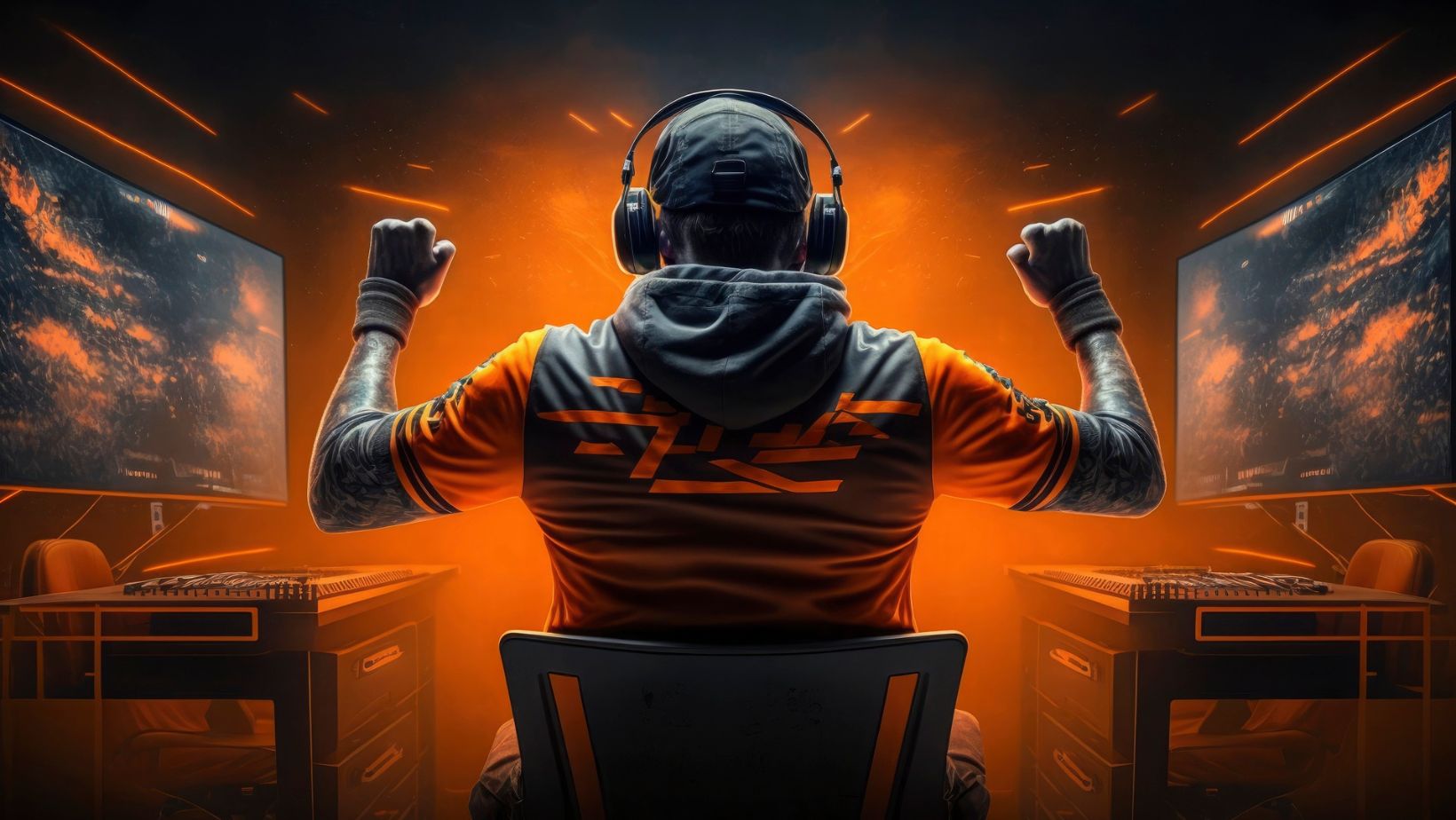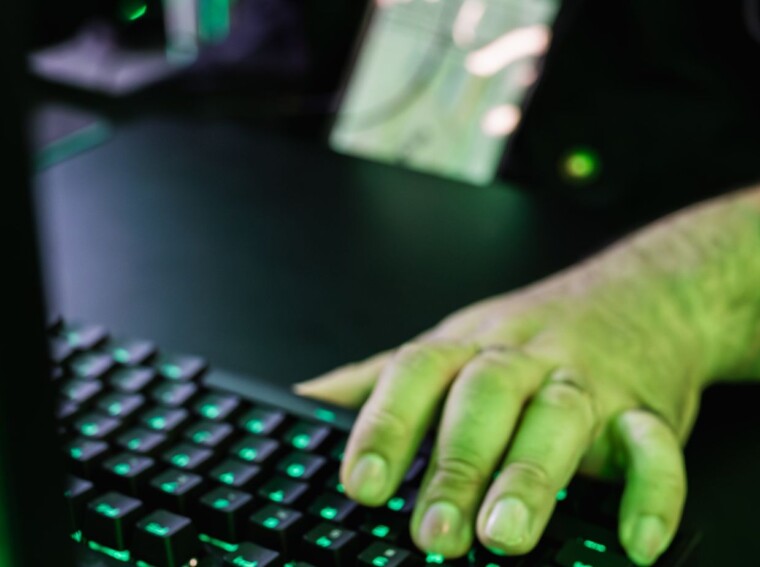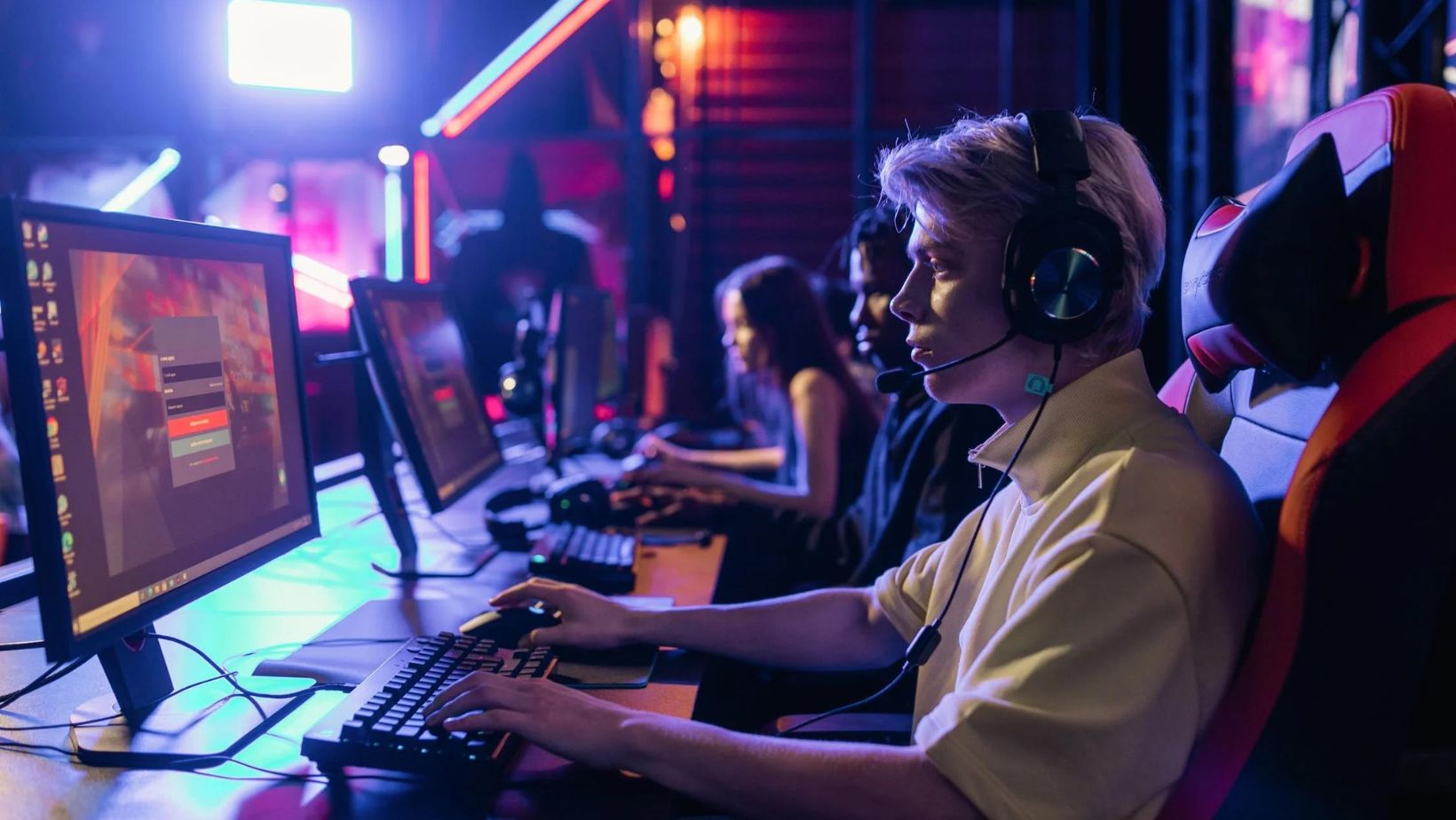Counter-Strike: Global Offensive has always enjoyed a healthy esports scene. Even before CSGO arrived in 2012, the Counter-Strike series was integral to competitive gaming, with some tournaments dating back to the turn of the century. Without a doubt, the CSGO Majors have been some of the biggest events in the esports calendar. Valve-sponsored contests regularly attract audiences of more than a million online viewers, with live audiences packing out stadium venues across the world. But what goes on behind the scenes? Let’s take a look at some of the secrets you might know about CSGO tournaments.
1. Organizers Take Doping Very Seriously
We often hear about doping in traditional sports. It’s the reason why Russia was dealt a ban by the International Olympic Committee. Why the performance-enhancing advantage of illicit drugs isn’t as prevalent in esports, it does go on and it’s an issue that event organizers take very seriously. Recently, the Global Esport Federation and World Anti-Doping Agency joined forces to announce a new initiative about drug education and a renewed focus on stamping out dope cheats. However, some event organizers have been monitoring the situation for years, with ESL carrying out random drug tests since 2015.
2. There Are More Counter-Strike Tournaments Than You Think
There’s a lot of focus on the CSGO Majors, but these aren’t the only Counter-Strike tournaments out there. Move beyond the top tiers of competition, and you have a dynamic landscape of contests where the next big stars are honing their craft. The ESL Challenger League currently has 54 teams representing more than 20 countries, while the ESEA Cash Cup was introduced to give lower-ranked teams a shot at success. There’s also a surprising number of female-only tournaments, with the ESL Impact League and Super Girl Game Pro series being some of the most prominent. Feel like checking in on these unloved leagues? Get the latest CSGO stats live here.
3. The PGL Antwerp Major Broke Indoor Esport Attendance Records
Esports have always drawn an audience online, with millions of viewers tuning in to watch the likes of The International and the League of Legends World Championships. However, live attendance numbers are continuing to grow. In 2022, the PGL Antwerp Major set a new attendance record when more than 20,000 people crammed into the Antwerps Sportpaleis to watch FaZe Clan beat NaVi and take home a cool $500,000 in prize money.
4. Counter-Strike Tournaments Have Been Around For Two Decades
Perhaps it’s something to do with the developer community who birthed the original Counter-Strike itself, but Valve’s iconic FPS franchise has been embraced by the esports community since 2000. In fact, it’s arguably the game that helped shape modern-day esports as we know it.
5. Counter-Strike’s First Appearance at a Major Tournament Was in 2001
The first major tournament that received any real recognition was the 2001 Cyberathlete Professional League (CPL) Winter Championship, with Ninjas in Pyjamas winning the top prize.
It continued to remain a fixture of the CPL, even after it adopted a World Tour format in 2005. Counter-Strike made another early appearance at the World Cyber Games in 2002, with the game eventually picked up by ESL for its Intel Extreme Masters series.
6. Early Teams Couldn’t Agree on Which Version of Counter-Strike to Play
During the first golden age of professional Counter-Strike tournaments, there was fierce debate over which version of the game should be played at the professional level. Some purists argued that the original was the best and should remain the game of choice. Others had a preference for Counter-Strike: Condition Zero, while others favored Counter-Strike: Source. While both games represented a technical improvement over the original, even these games had their limits. This led to the development and release of Counter-Strike: Global Offensive in 2012. Remarkably, many teams and fans resisted it and it took a solid year of streaming efforts and patch updates to get it, and the CSGO esports scene, off the launching pad.
7. The FBI Has Been Monitoring Match Fixing For Years
Match-fixing has been a stain on CSGO esports for years. The first high-profile match-fixing scandal made headlines in 2014, with NetcodeGuides.com and iBUYPOWER discovered to have been involved in match-fixing on an unprecedented scale.

It continued to be a problem, with 35 different players sanctioned by the Esports Integrity Commission (ESIC) in 2021 for match-fixing and betting offenses. That same year, the ESCI revealed that the FBI itself had been investigating the problem in the USA for some time.


